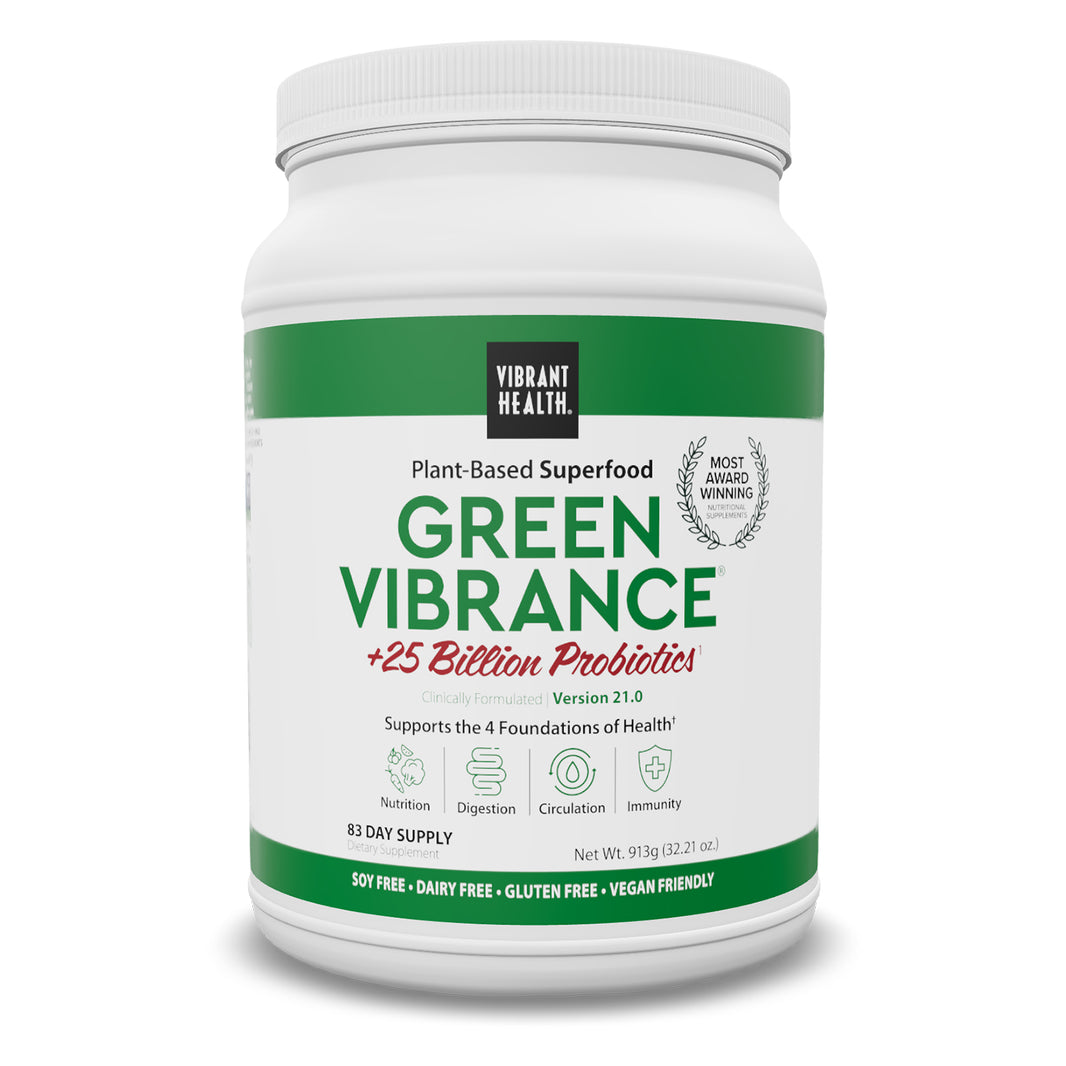The typical modern diet in industrialised Western countries looks something like this:
Breakfast: Two slices of toast with butter or margarine, or a few strips of bacon and two eggs, or a highly refined cereal that advertises itself as an energy or weight loss dish topped off with milk and sugar, or two doughnuts, muffins, pancakes, or waffles made with white refined flour and even yeast. Breakfast usually includes a cup of coffee with milk and sugar.
10 o'clock tea: A muffin, croissant, doughnut, cake, scone, bagel or sandwich with a cup of coffee or tea with milk and sugar.
Lunch: A sandwich, tortilla, pizza, Chinese takeout or anything that can be ordered from the fast food outlet near the office. It is usually topped off with a soda soft drink. Those who believe themselves to be health conscious might eat a salad with guacamole or with a thick creamy dressing or a high-fibre brown bread sandwich.
Three o'clock snack: A bag of crisps or popcorn, a chocolate, a piece of cake, cookies or crackers with another coffee, tea or soda. The more health conscious may buy a bag of corn or vegetable crisps or some roasted nuts seasoned with a pile of salt.
Supper: Pizza, pasta, macaroni cheese, fish and chips, vegetables drenched in cream and topped off with cheese, or a meat and vegetable casserole, stew, curry or soup.
Television and/or pre-bed snack: This looks rather similar to the three o'clock snack, or to a child's birthday party, if you wish.
Weekends: When there is sufficient time to cook, meals often get much bigger and unhealthier. A Sunday afternoon roast with beef or chicken, potatoes fried in oil, vegetables with cream and cheese, and a nice solid chocolate pudding or cheesecake. People also spend much more time in front of the television, which is accompanied by a wide variety of salty or sugary snacks.
To summarise this:
- Every meal includes a refined carbohydrate such as white flour.
- Almost all meals include vast quantities of white refined sugar.
- Almost all meals include salt, vinegar, tomato sauce or other refined condiments.
- Most meals include meat.
- All meals include eggs and creamy fatty dairy, even if it is just those baked into pastries.
- All meals include hydrogenated oils like margarine, mayonnaise, and cooking oil.
- There are large quantities of acidic drinks like coffee, tea, and soda while there is nowhere near enough water.
An alkaline diet excludes all of these. So what does it include? Let’s take a look.
Vegetables: You can have them raw, cooked, roasted, stir-fried, and even fried in any pressed non-hydrogenated oil. You can eat them whole, mashed, stuffed into other vegetables, juiced or smoothied in juice. They can make the main ingredient in salads, stews, soups, curries, and chillies. They can be liberally used in pastas, pizzas, pies, and pancakes so long as these are made according to the pastry instructions below.
Fruit: Whole as snacks, juiced, smoothied, and juiced as sauces for dishes. They also make great toppings for salads and stews.
Nuts and seeds: Roasted whole for snacks, as crunchy toppings in salads and stews, and nut butter and milk.
Oils: Coconut oil, canola, and butter for cooking and frying, since they do not burn and smoke at high temperatures and release a carcinogenic substance into your food. Pressed olive oil on whole grain bread, in sauces, and in salads, but never cooked with.
Pulses: Beans, peas, lentils, and quinoa can be used almost anywhere, including as a replacement for rice.
Whole grains: Teff, millet, brown rice flour, almond meal, buckwheat, chickpea flour, quinoa flour, sorghum, bulgur, spelt, amaranth, and all other non-bleached whole grains and flour can be used as cooked cereals and in pastries with nut butter and nut milk.
Herbs: Herbs are almost always preferred to ground dried spices.
Sweeteners: The more natural and less processed, the better. From top to bottom they are fruit, dried fruit, stevia, honey, maple syrup, rice syrup, and agave syrup.
Beverages: Eight glasses of tap water per day filtered through an alkaliser, freshly juiced fruit and vegetables, and herb teas.
Characteristics of the Two Diets
-
The defining characteristic of the acidic Western diet is the vast amount of processing that almost every ingredient undergoes.
During such processing, manufacturers add chemicals that make the texture more silky (as in white pastries), that make oils remain firm at room temperature instead of melting (as in margarine and mayonnaise), that make the product last longer without going rancid (like crisps, cookies, and flower), that give meat its red colour, and so on.
Many of these additives have been linked to a wide range of diseases like diabetes, cancer, low fertility, cancer, attention deficit disorder, and many more. Our bodies are natural objects and have evolved to consume natural substances; they cannot deal with a diet that consists almost exclusively of industrial chemicals. The defining characteristic of the alkaline diet is that everything is as natural as possible, or as close as possible to how it is grown in nature.
-
The Western diet includes genetically modified food and non-organic food treated with pesticides; substances that are nowhere near natural. The alkaline diet prioritises organic food.
-
Trans fatty acids make up the most consumed fat in the Western diet. These are the only fats proven to cause weight gain. The oils and nut butters included in the alkaline diets are easy for the body to break down, and will not cause weight gain.
By definition, the alkaline diet includes only foods that help the body maintain its desired pH level of 7.4 The Western diet contains vast amounts of acid which the body must then struggle to neutralise. One study that compared our modern diet with our ancestral pre-agricultural diet found that our replacement of fruits and vegetables with cereal grains and energy-dense, nutrient-poor foods has led to an increase in lifelong progressive metabolic acidosis.
Research
All these studies are from rigidly peer reviewed American and European journals.
-
People on an acidic Western diet are at higher risk of obesity and type 2 diabetes because it causes excessive cortisol production. On the contrary, an alkaline diet is one protective factor against these health risks.
-
The typical acidic Western diet contributes to kidney problems because of all its salt and chemicals. Many kidney problems result from chronic acidosis, and alkaline diet and minerals have been found to improve these conditions by raising the body's alkalinity.
-
An alkaline diet supports bone development and density, because it obviates the need for the body to maintain its required pH level by stealing alkaline minerals from the bones. An acidic diet leaves the body short of alkaline minerals to maintain its pH, which necessitates that it steals minerals from the bones that ultimately weakens them.
-
Unlike an acidic diet, an alkaline diet helps the body build lean muscle and reduces age-related muscle loss.
-
The growth hormone contributes to good body composition, cardiovascular health, memory, and concentration. Chronic acidosis causes a shortage of this hormone, which can be corrected by alkaline food. Chronic acidosis also worsens thyroid function.
A diet that contains all the acidic modern foods has been found to contribute to depression, while a diet based on the alkaline natural foods protects against depression.
Choose Alkaline
It is not necessary to expose our bodies to the health risks posed by the typical acidic Western diet. Alkaline foods are tasty and plentiful. Supermarkets will also begin to stock even more healthy alkaline foods if more people request them. Vote with your pocket, and do so from today.




























Leave a comment